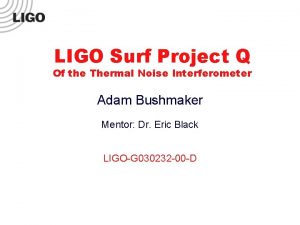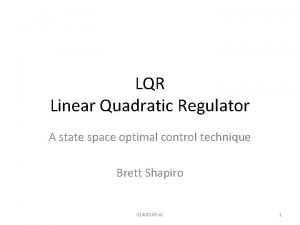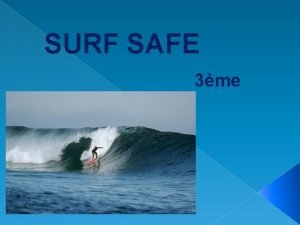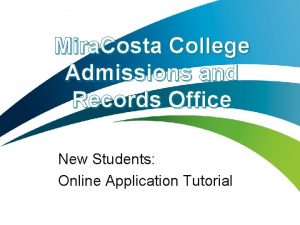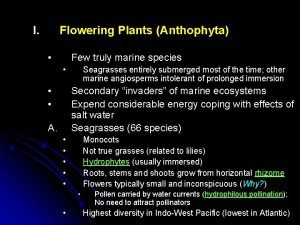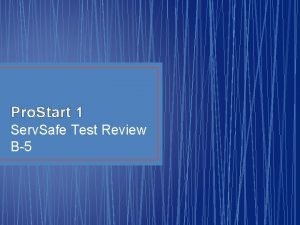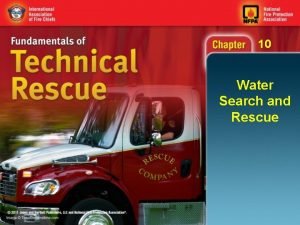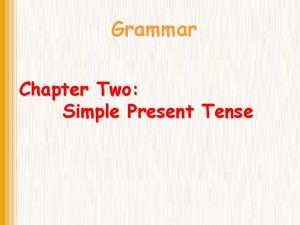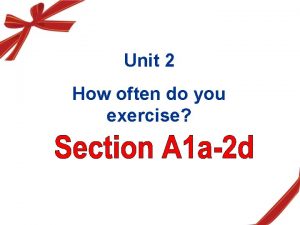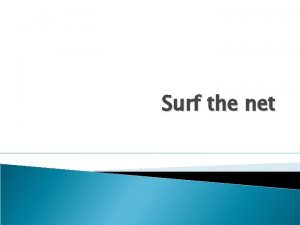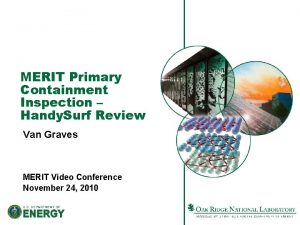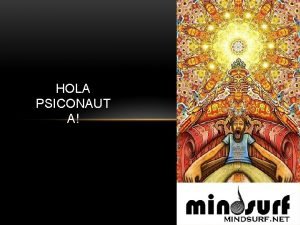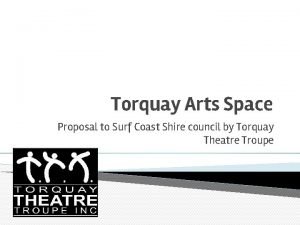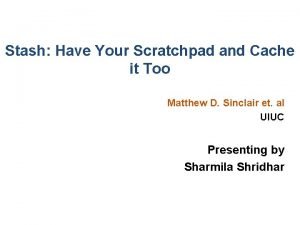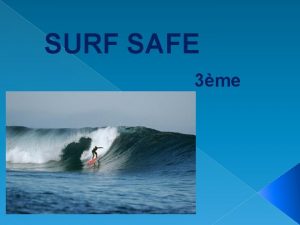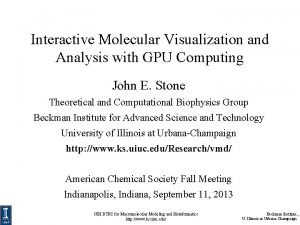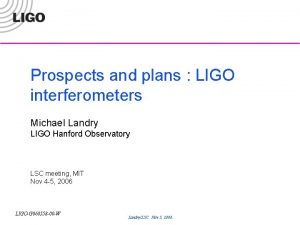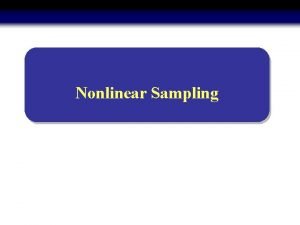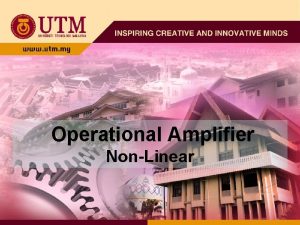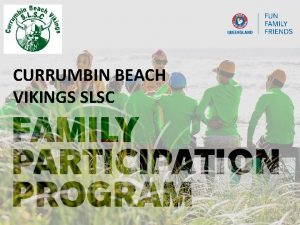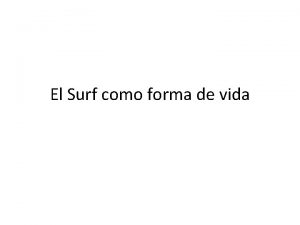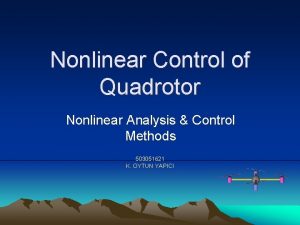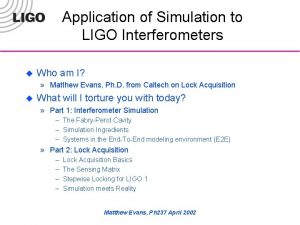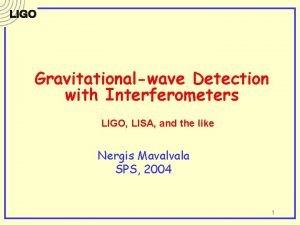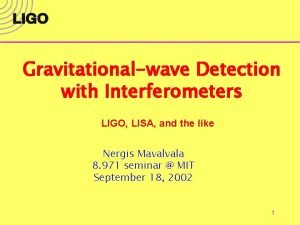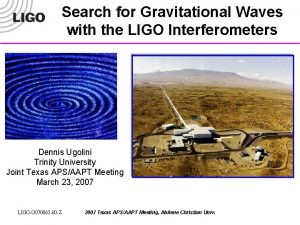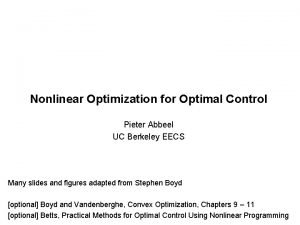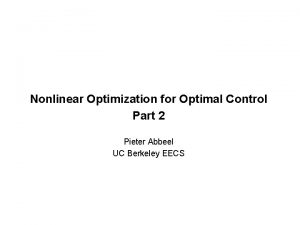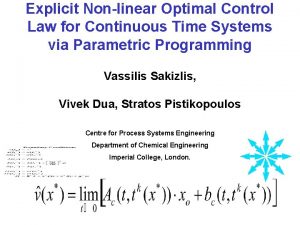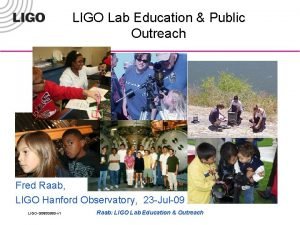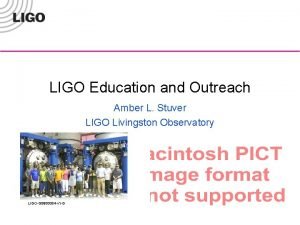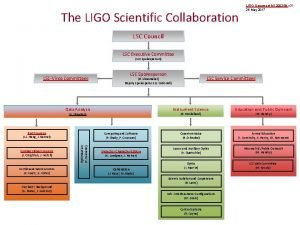Optimal nonlinear control for LIGO interferometers SURF 2019



















- Slides: 19

Optimal non-linear control for LIGO interferometers SURF 2019 Milind Kumar V Mentors- Rana Adhikari, Gautam Venugopalan and Koji Arai LIGO-G 09 xxxxx-v 1 1/19 Form F 0900040 -v 1

A Brief Overview ● ● Motivation - the what and why of the beam tracking project Methods and results» Weighted pixel sum » Open. CV based image processing » Major thrust: Neural networks - CNN and LSTM based approach ● Future work LIGO-G 09 xxxxx-v 1 SURF 2019 2/19 Form F 0900040 -v 1

Beam tracking - what and why? ● ● ● To detect gravitational waves we would like the LIGO interferometers to operate at highest sensitivity. Need laser beam spot to be positioned at particular positions despite seismic noise. Therefore, the objective is to build a black box that can look at video feed of scattered light from optic and predict position of beam spot on the optic. LIGO-G 09 xxxxx-v 1 SURF 2019 3/19 Form F 0900040 -v 1

Beam tracking - more of the why ● Why a camera feed? Why not a QPD? Why not A 2 L measurements? LIGO-G 09 xxxxx-v 1 SURF 2019 4/19 Form F 0900040 -v 1

Methods ● Simple techniques » Weighted pixel sum » Image processing ● More sophisticated/general approach » CNNs » CNN-LSTMs LIGO-G 09 xxxxx-v 1 SURF 2019 5/19 Form F 0900040 -v 1

Methods Simple pixel sum The centroid of the beam spot is calculated as the weighted sum of the pixel coordinates with the pixel intensities as weights. This is essentially a center of mass calculation. LIGO-G 09 xxxxx-v 1 SURF 2019 6/19 Form F 0900040 -v 1

Methods Simple pixel sum LIGO-G 09 xxxxx-v 1 SURF 2019 7/19 Form F 0900040 -v 1

Methods Open. CV based approach LIGO-G 09 xxxxx-v 1 SURF 2019 8/19 Form F 0900040 -v 1

Methods Open. CV based approach Works well for simulated Gaussian beam spot data! Fails for real video data. LIGO-G 09 xxxxx-v 1 SURF 2019 9/19 Form F 0900040 -v 1

Methods Why do simple techniques fail? ● The intensity profile of the beam spot is no longer Gaussian. ● The relation between video of beam spot motion and position of the spot is complex and nonlinear. ● Further, these methods are not general and require a degree of hard coding- threshold value for instance. LIGO-G 09 xxxxx-v 1 SURF 2019 10/19 Form F 0900040 -v 1

Methods Neural Networks ● What are neural networks? y = f(x; W, b) ● These weights and biases can be “learnt” using optimization algorithms. ● CNNs are used as this is an image processing task. They are better suited to handling images because of weight sharing. LIGO-G 09 xxxxx-v 1 SURF 2019 11/19 Form F 0900040 -v 1

Methods Neural Networks - the training ● ● ● ● Optimizer: Adam Loss function: Mean squared error Framework: Keras with tensorflow backend Hidden layer activation: relu Output layer activation: linear Regularization: Dropout Preprocessing: crop and apply median blur LIGO-G 09 xxxxx-v 1 SURF 2019 12/19 Form F 0900040 -v 1

Methods Neural Networks - CNNs 2 D convolution Graphics retrieved from https: //towardsdatascience. com/acomprehensive-guide-to-convolutional-neural-networks-the. LIGO-G 09 xxxxx-v 1 eli 5 -way-3 bd 2 b 1164 a 53 Max pooling SURF 2019 13/19 Form F 0900040 -v 1

Methods Neural Networks - CNN architecture LIGO-G 09 xxxxx-v 1 SURF 2019 14/19 Form F 0900040 -v 1

Methods Neural Networks- testing After much hyper parameter tuning, the following learning curves. LIGO-G 09 xxxxx-v 1 SURF 2019 15/19 Form F 0900040 -v 1

Methods Neural Networks- testing And the following test results: LIGO-G 09 xxxxx-v 1 SURF 2019 16/19 Form F 0900040 -v 1

Future work ● ● ● Collect and train on data at different frequencies, amplitudes and exposure times. GANs for simulation- data generated is similar to real data. Transfer learning using weights from the previous experiments. LIGO-G 09 xxxxx-v 1 SURF 2019 17/19 Form F 0900040 -v 1

Summary ● Need for beam tracking ● Traditional image processing ● Deep learning for beam tracking LIGO-G 09 xxxxx-v 1 SURF 2019 18/19 Form F 0900040 -v 1

Thank You! LIGO-G 09 xxxxx-v 1 19/19 Form F 0900040 -v 1
 Ligo surf
Ligo surf Linear quadratic regulator example
Linear quadratic regulator example Surf au preterit
Surf au preterit Mira costa surf
Mira costa surf Alexa internet inc
Alexa internet inc Anthophyta
Anthophyta Surf safe test
Surf safe test Surf's up flyer microsoft word
Surf's up flyer microsoft word Differentiate surf rescue to water swift rescue
Differentiate surf rescue to water swift rescue Surf in present perfect
Surf in present perfect Elkhorn subway
Elkhorn subway Use of always in simple present tense
Use of always in simple present tense How often do you surf the internet
How often do you surf the internet 2net surf
2net surf Handysurf sport
Handysurf sport Mind-surf.net puertas
Mind-surf.net puertas Torquay theatre troupe
Torquay theatre troupe App surf
App surf Surf au preterit
Surf au preterit Uiuc surf
Uiuc surf
